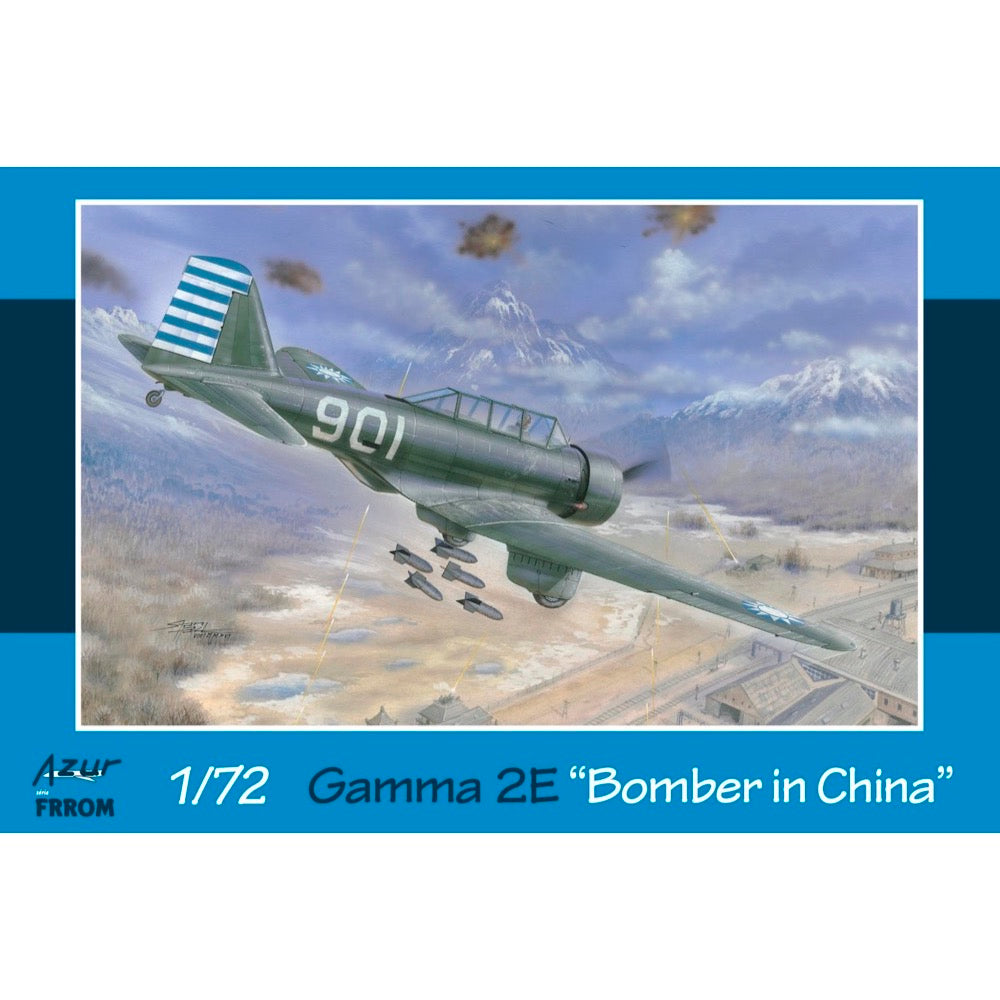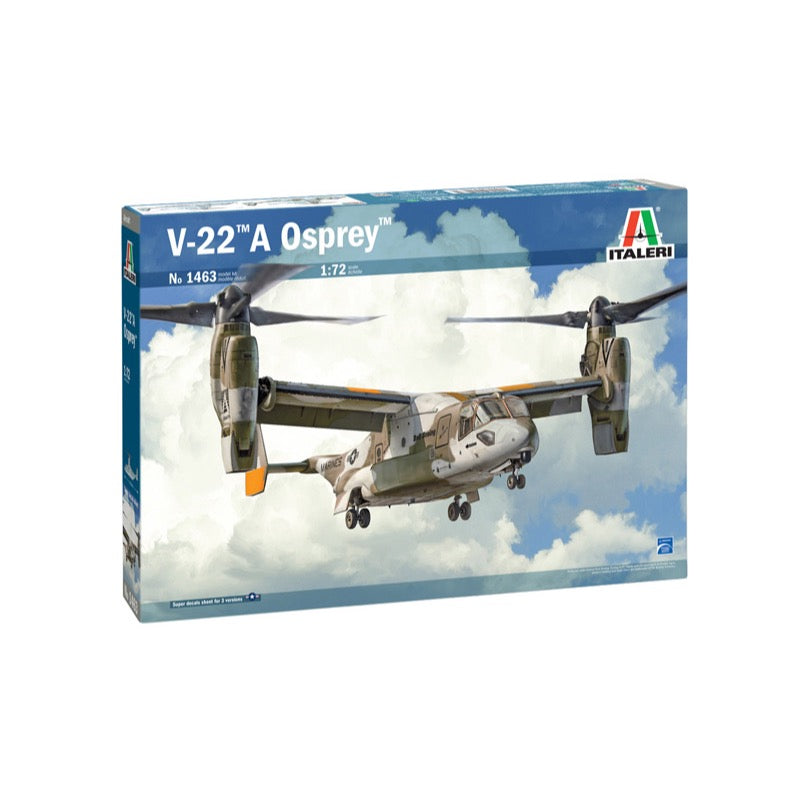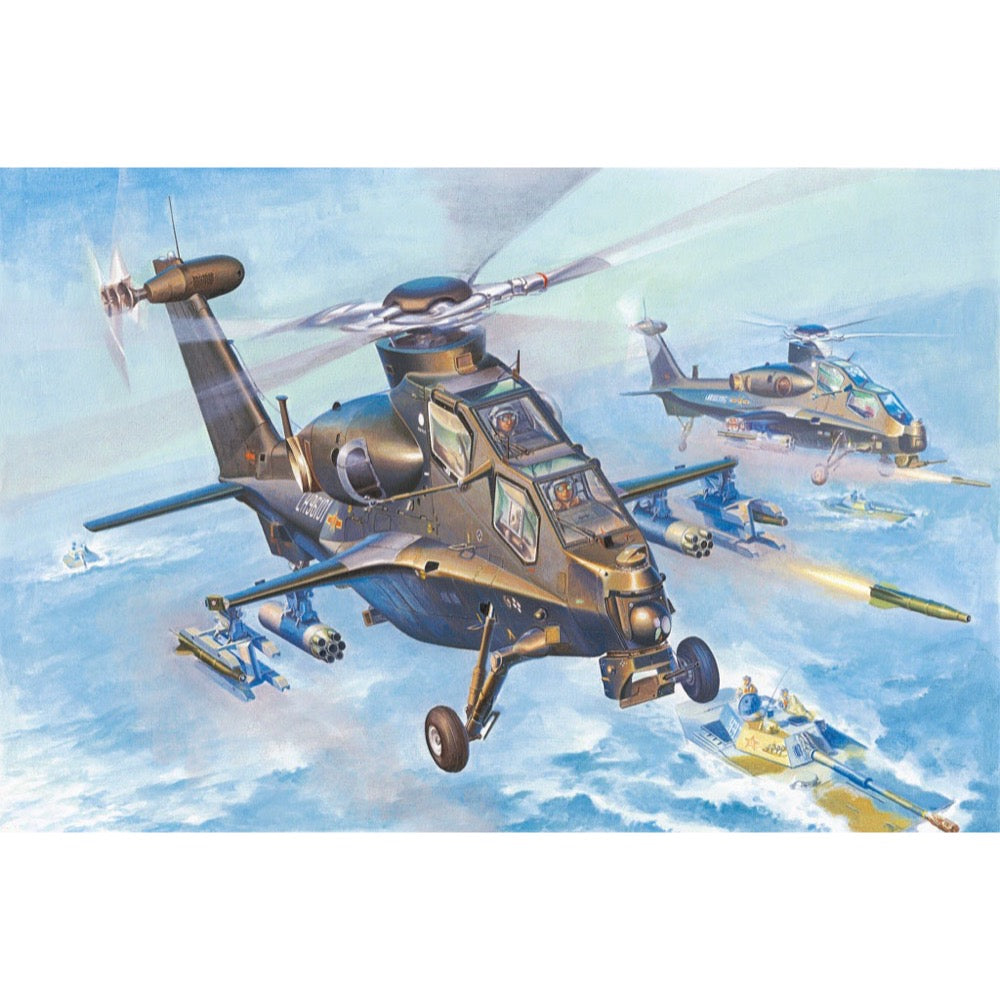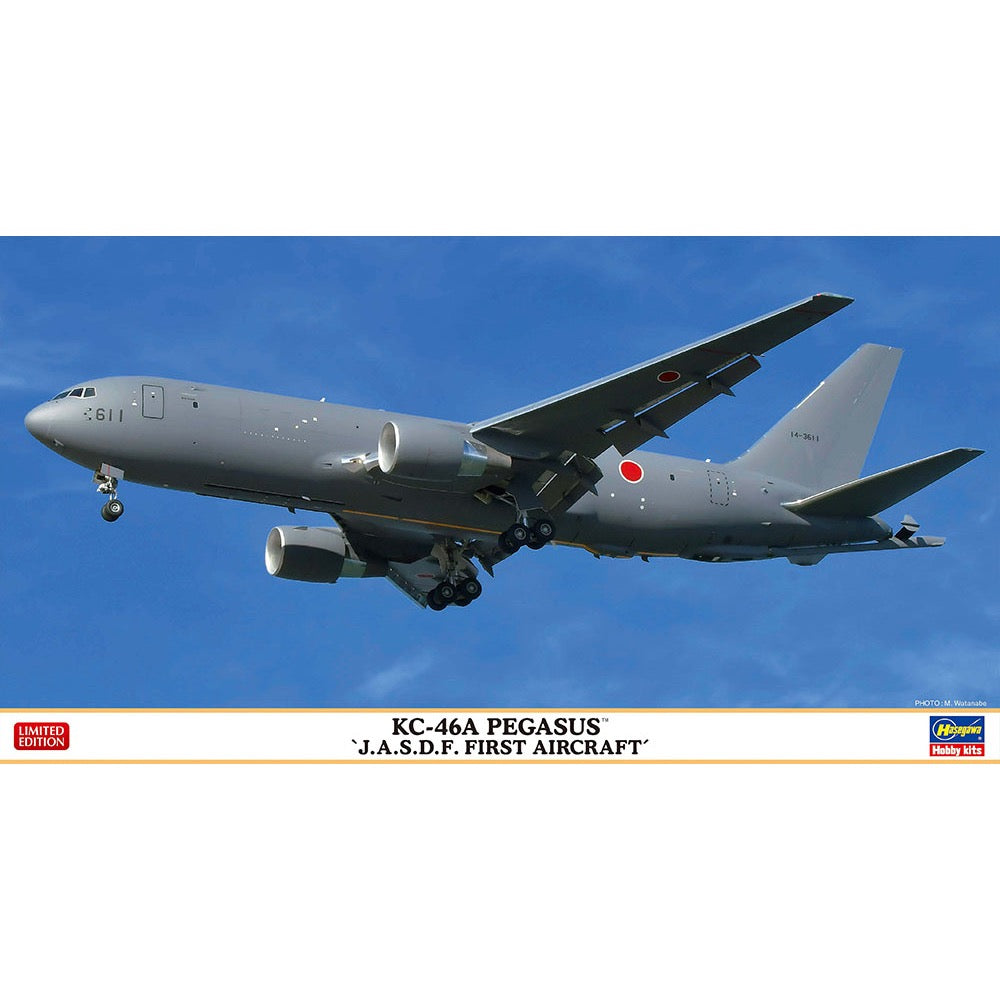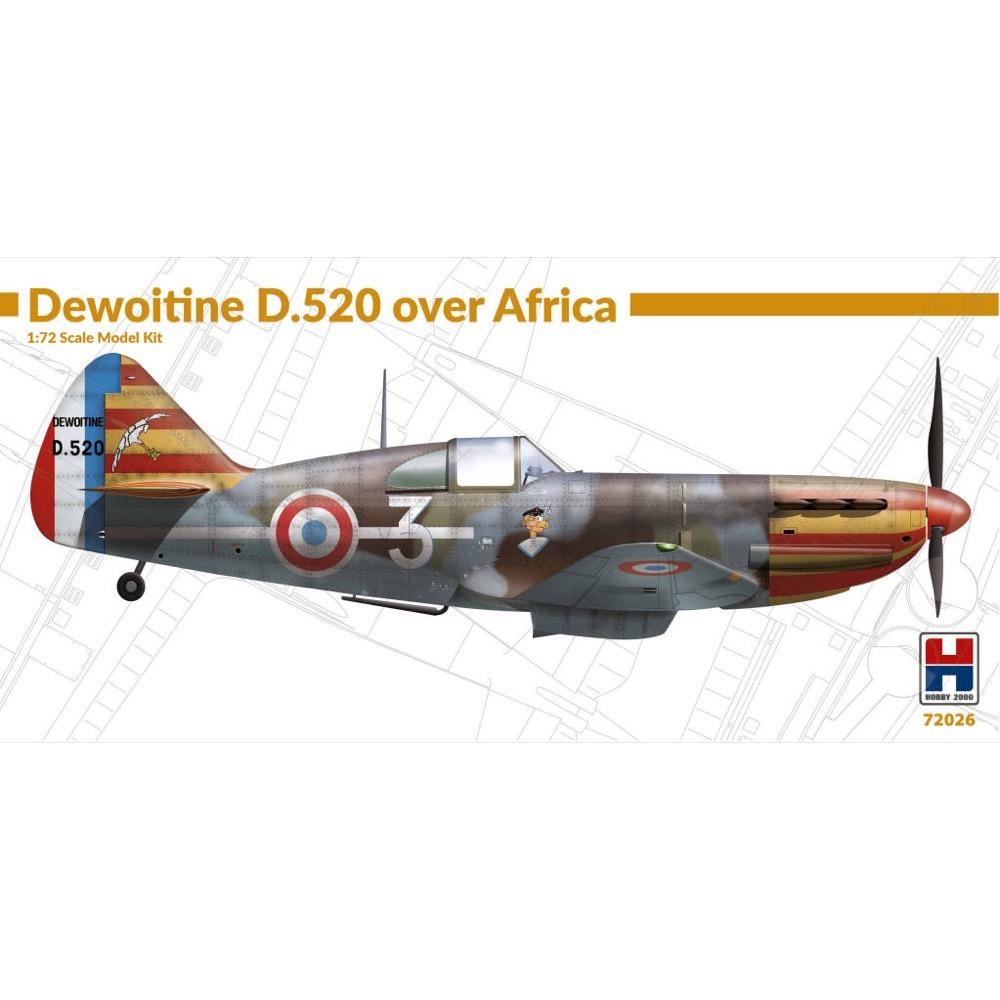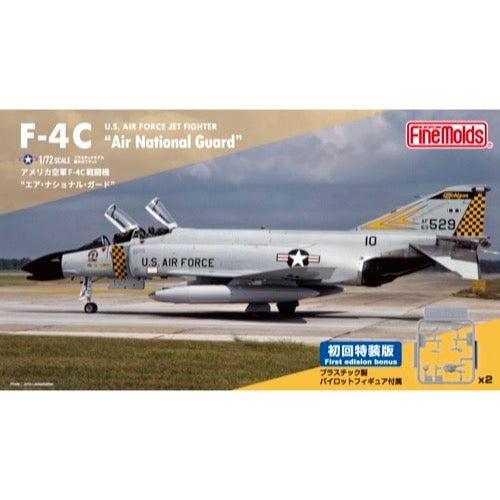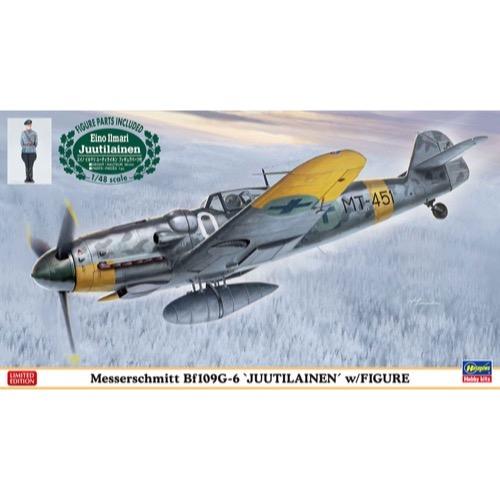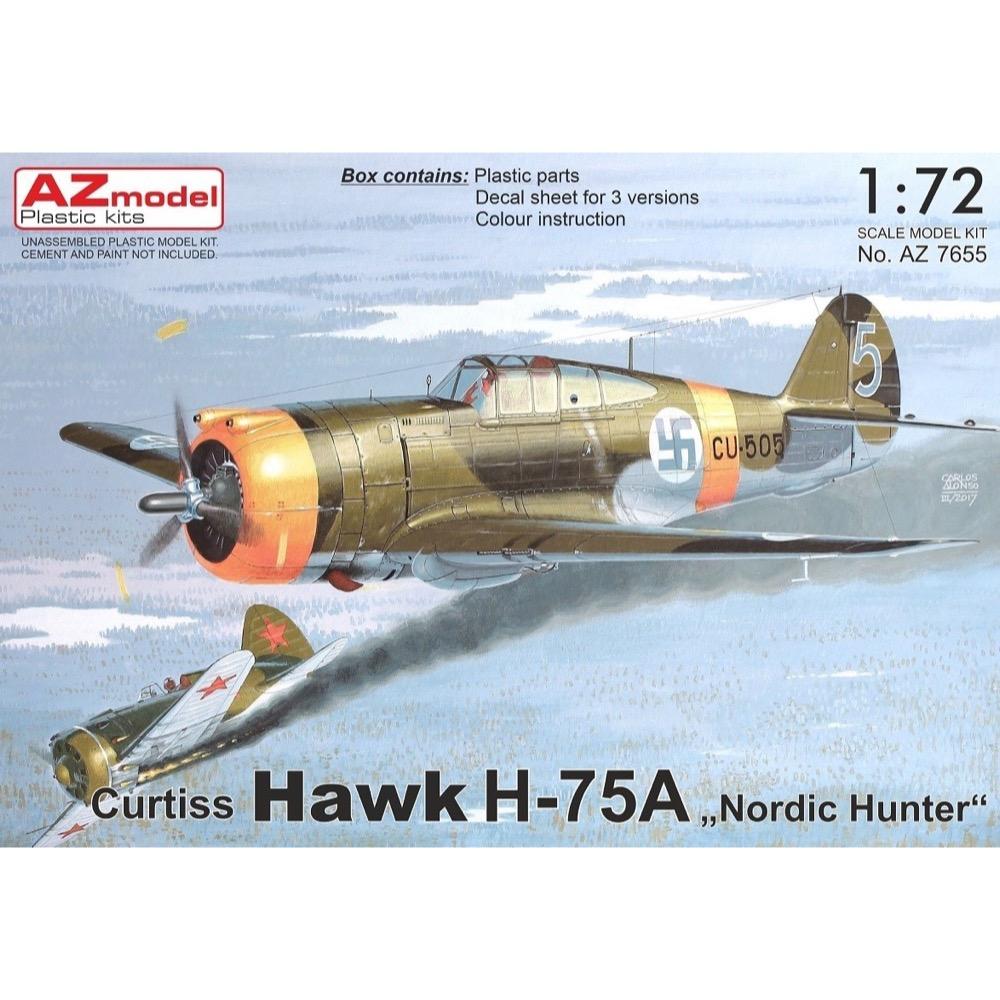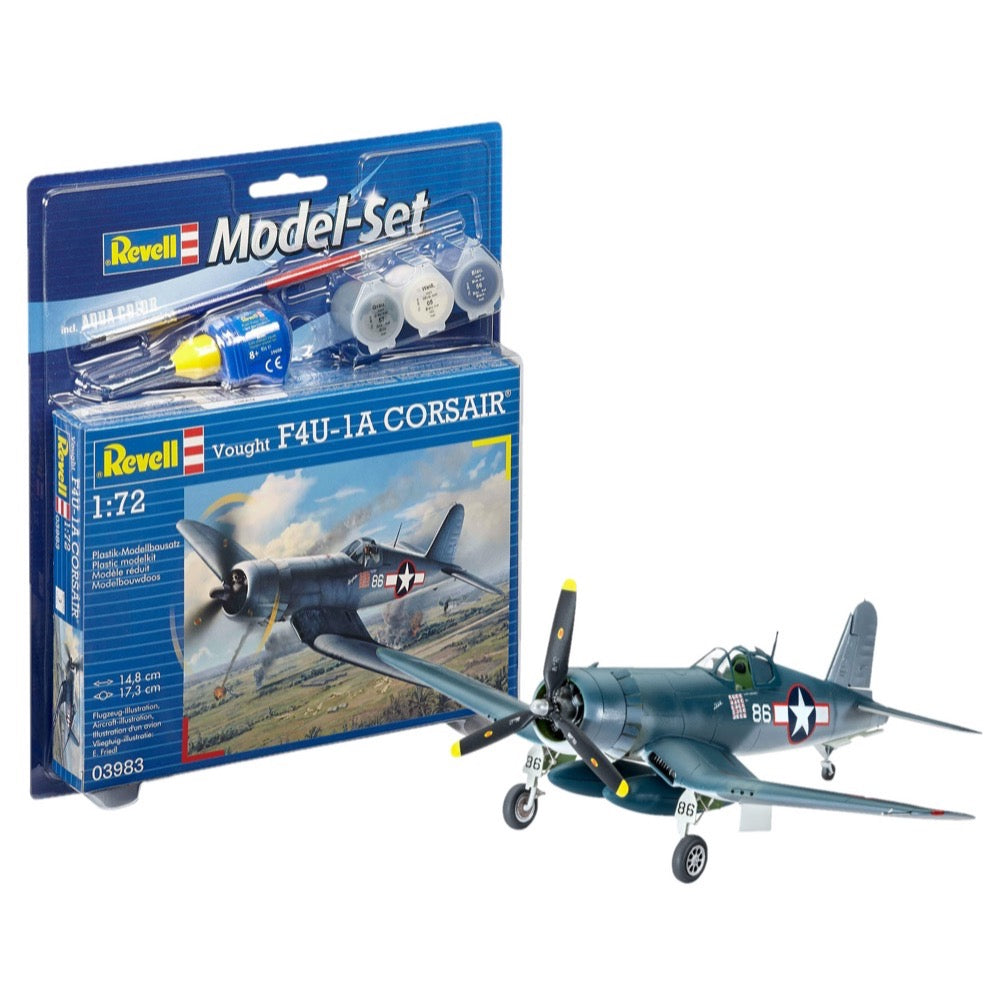
Revell 63983 1/72 Vought F4U-1D Corsair Starter Set
18.00
$
<p>The Corsair is considered one of the US Navy's best fighter planes in WWII. Feared by the Japanese enemy, who nicknamed it the Whispering Death, it fought in the Pacific theater of war from 1943 to 1945, achieving record-breaking success. The Corsair's concentrated firepower consisted of six 12.7mm Browning MGs</p>
<h3>Features</h3>
<ul>
<li>New kit shape</li>
<li>Textured surfaces with recessed sheet metal joints</li>
<li>Detailed R 2800 twin radial engine</li>
<li>Cooling flap ring optionally closed or open</li>
<li>Detailed cockpit with instrument panel</li>
<li>2 auxiliary tanks</li>
<li>Movable propeller</li>
<li>Detailed landing gear</li>
<li>Decals for 2 US-Navy versions</li>
</ul>
<h3>Specification</h3>
<ul>
<li>Scale: 1:72</li>
<li>Age recommendation: 10+</li>
<li>Number of parts: 63</li>
<li>Length:148 mm</li>
<li>Wingspan: 173 mm</li>
</ul>
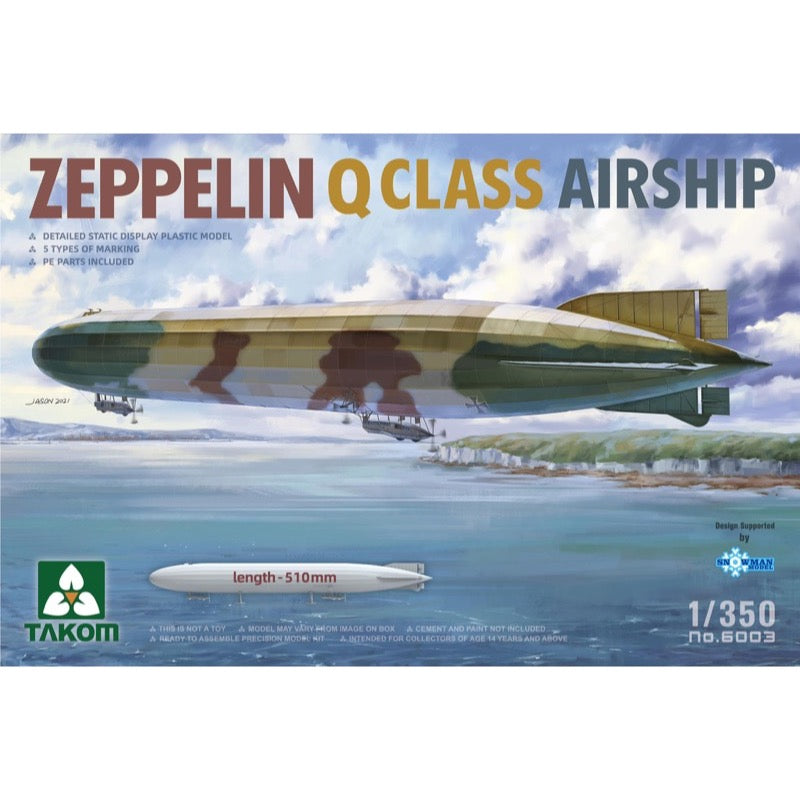
Takom Models 6003 1/350 Zeppelin Q Class Airship
25.00
$
<h3>Zeppelin Q Class</h3>
<p>The Zeppelin P Class airship was the first type to be put into production after the outbreak of WWI. A total of 22 P Class types were built (as well as 12 of the lengthened Q Class type). P and Q Class Zeppelins were operated by both the German Army and Navy. They were deployed on the southern and eastern fronts, as well as naval patrol work over the Baltic and North Seas and were used for many of the airship bombing raids on the United Kingdom during 1915-16. The class was obsolete by 1917 and most of the craft that had not been lost to accidents or enemy action had been dismantled by the end of September 1917.</p>
<p>The P Class was an enlarged version of the preceding M class. On 5 August 1914 the Zeppelin company proposed a design based on the LZ 26 to the German Navy Ministry. This had been originally planned as a passenger carrying craft for DELAG and was the first Zeppelin with a duralumin framework which had the strengthening keel inside the hull structure. The proposed design was larger, and a fourth 210 hp 160 kW Maybach CX six-cylinder engine was added, allowing a greater range and payload. Later examples were fitted with four 240 hp 180 kW Maybach HSLu engines. The P Class also introduced enclosed crew accommodation, as the gondolas of the previous M class Zeppelins were open.</p>
<p>Faced by increasingly effective defensive measures, Zeppelin introduced the Q Class in late 1915. Internal volume was inflated by lengthening the hull by 49 ft (15 meters), increasing its operating ceiling by about 1,500 ft (460 meters). Many of the existing P Class airships were similarly lengthened.</p>
<h3>Features</h3>
<ul>
<li>
<p>1/350 scale plastic model assembly kit<br></p>
</li>
<li>
<p>Highly detailed model<br></p>
</li>
<li>
<p>Length: 510mm<br></p>
</li>
<li>
<p>Photo-etched parts included<br></p>
</li>
<li>
<p>Markings for five versions</p>
</li>
</ul>

Takom 3002 1/144 Soviet LUN Class Ekranoplan
36.00
$
<p>The Ekranoplan, which was first developed in the Soviet Union in the 1940s, flies over smooth ground or water at an altitude similar to its width, and uses the ground effect obtained to achieve high speed. It is a general term for Wing In Ground-Effect (WIG) vehicles. The Lun (or Luni) class is a 400-ton class practical missile Ekranoplan, completed in 1987; its NATO code name is Utoka. A jet engine for sending air to the underside of the main wing during takeoff was placed at the front of the fuselage; the sailing speed was 500km/h, and six 3M80 Mosquito anti-ship missiles were installed as weapons.</p>
<h3>Features</h3>
<ul>
<li>
<p>This model kit comes with clear parts and decals for three versions.</p>
</li>
<li>
<p>Size: Approximately 51cm long when completed</p>
</li>
</ul>
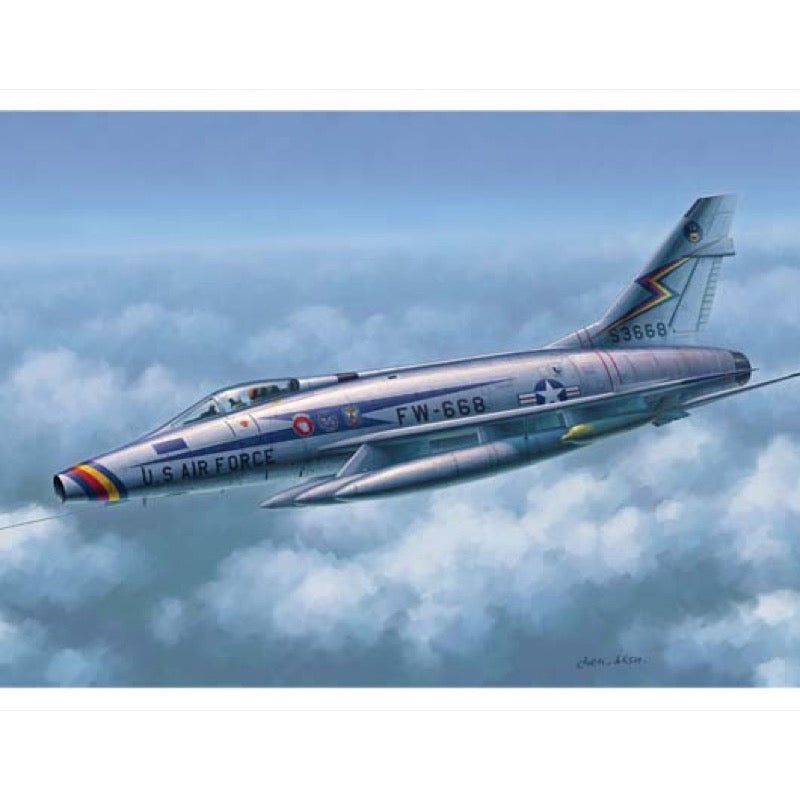
Trumpeter 02839 1/48 F-100D Super Sabre*
30.00
$
<p>F-100 is the first supersonic fighter of the US Air Force. The first test flight took place on May 25, 1953. It was put into production in October of the same year. The production model succeeded in supersonic flight in the subsequent maiden flight. In September 1954, he entered the army and began his service life. As of the end of production at the end of 1959, a total of 2,294 F-100 series fighters had been produced. F-100D is a variant of the F-100 family. The main improvements are to increase the area of the main wing and vertical tail, add electronic equipment, autopilot, "Buddy" fuel supply system, two 450-gallon external fuel tanks and inner flaps. </p>


